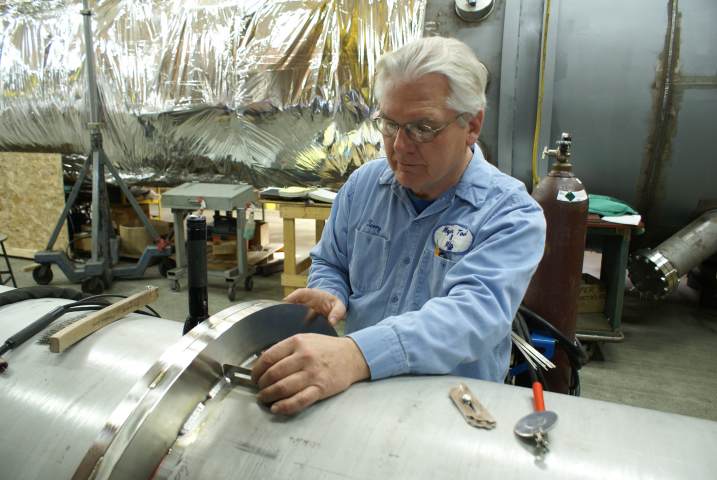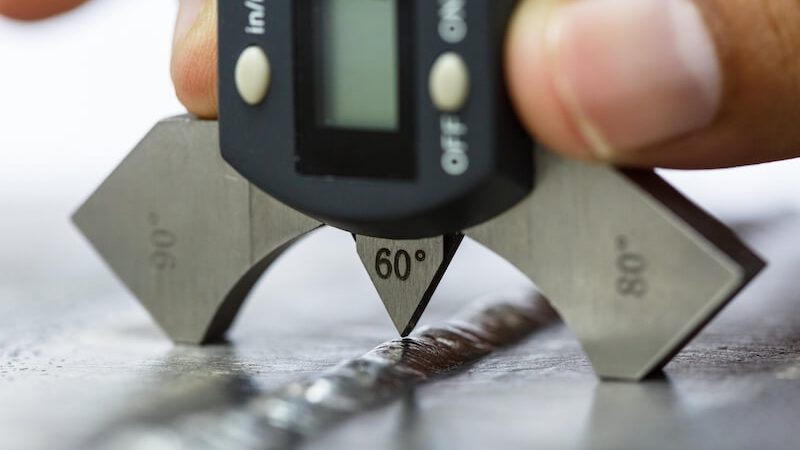Discovering the Basics of Welding Inspection: A Thorough Evaluation of Processes, Tools, and the Importance of Top Quality Control in Welding Industries
Welding inspection serves as a keystone in the maintenance of safety and architectural honesty throughout different sectors. Understanding the effects of these practices raises essential inquiries regarding their effectiveness and the future direction of quality guarantee in welding.
Value of Welding Assessment
Welding evaluation plays an essential duty in ensuring the integrity and safety of bonded frameworks. It functions as a systematic technique to examining weld quality, recognizing prospective issues, and guaranteeing compliance with recognized criteria and specifications. The significance of welding examination expands past simple adherence to guidelines; it is essential in protecting human lives and protecting investments in infrastructure.
Faulty welds can lead to disastrous failures, leading to substantial economic losses, injury, or death. Therefore, extensive examination procedures are vital to discover issues such as insufficient infiltration, porosity, or splits prior to they intensify into important failures. In addition, effective welding examination adds to the general performance and long life of frameworks, guaranteeing that they can hold up against the conditions for which they were designed.
In addition, the implementation of welding evaluation cultivates a society of top quality and accountability within the welding sector. By focusing on assessment, organizations demonstrate their dedication to quality, thus improving their credibility and competitiveness in the market. Ultimately, welding evaluation is not simply a step-by-step action but a fundamental part of design stability and safety and security guarantee, important for the successful implementation of welding projects throughout different sectors.
Secret Examination Processes
A detailed strategy to welding inspection involves numerous key procedures that are necessary for guaranteeing weld quality and structural stability. The very first critical procedure is visual assessment, which permits inspectors to recognize surface problems such as cracks, porosity, and incorrect grain look. This method serves as an initial analysis to ensure that the weld satisfies defined standards.

Additionally, harmful testing may be done on sample welds to analyze their mechanical buildings and efficiency under stress. This process involves effect, tensile, and fatigue screening to confirm that the weld can withstand functional conditions.
Last but not least, documentation and reporting are critical components of the assessment process. Keeping accurate documents of examinations, monitorings, and examination results aids ensure compliance with market requirements and assists in regular enhancement in welding practices. Collectively, these crucial processes develop the backbone of effective welding assessment and quality control.
Devices for Weld Analysis
Numerous devices are necessary for effective weld assessment, each made to evaluate various elements of weld top quality and performance. Amongst one of the most widely made use of are aesthetic assessment tools, including magnifying glasses and borescopes, which allow inspectors to recognize surface flaws such as fractures, porosity, and inappropriate blend.
In addition, ultrasonic screening (UT) tools is essential for finding internal flaws. This tool employs high-frequency acoustic waves to disclose interruptions within the weld, making certain the integrity of the product. Radiographic testing (RT) tools, which make use of X-rays or gamma rays, similarly provide understanding right into the internal framework of welds, permitting the recognition of additions or spaces.
For exact dimensions, calipers and evaluates play a significant function in making certain and figuring out weld dimensions adherence to specified tolerances. Firmness testers assess the mechanical buildings of the weld, ensuring it meets performance criteria.

Methods for Assessing Quality
Just how can the quality of welds be dependably assessed? A range of strategies are used to assess weld honesty and ensure adherence to specified criteria.
Ultrasonic testing (UT) is one more famous method that utilizes high-frequency acoustic waves to find internal flaws within the weld. Houston Welding Inspection. This approach offers a thorough view of the weld's integrity without compromising its architectural stability. In addition, radiographic screening (RT) utilizes X-rays or gamma rays to reveal inner flaws, providing detailed insights right into weld company website top quality
Magnetic bit screening (MT) works for identifying surface area and near-surface discontinuities in ferromagnetic materials, using magnetic areas and colored fragments to highlight flaws. Finally, dye penetrant screening (PT) can be utilized to reveal surface-breaking flaws by applying a color that leaks into fractures and is subsequently disclosed.
Compliance With Industry Criteria
Compliance with sector criteria is important for making certain the high quality and security of welded frameworks. These standards, established by organizations such as the American Welding Society (AWS) and the American National Criteria Institute (ANSI), give standards that control the welding procedure, products, and examination protocols. Following these criteria not only makes certain the structural honesty of welds however also mitigates threats related to failures that might result in tragic consequences.

Welding assessors are tasked with confirming conformity with these requirements throughout the welding procedure (Houston Welding Inspection). This involves examining welding treatments, keeping an eye on welder certifications, and carrying out extensive assessments of the final item. Non-compliance can cause considerable economic repercussions, job delays, and damages to a business's track record
In addition, conformity cultivates a society of quality check over here assurance within the organization. By establishing clear expectations and benchmarks, companies can keep consistency in their result and enhance overall productivity. Normal training and updates on criteria are vital to keep personnel educated and competent, making sure that all facets of welding operations satisfy or go beyond regulative requirements. Eventually, dedication to industry standards acts as a foundation for quality in the welding sector, advertising safety and reliability in bonded structures.

Conclusion
In final thought, welding examination offers as a critical part in keeping the safety and integrity of bonded frameworks. Adherence to sector standards ensures conformity and promotes a culture of quality within the welding market.
Furthermore, the execution of welding assessment fosters a society of top quality and liability within the welding sector. Inevitably, welding inspection is not my sources just a procedural action yet an essential component of engineering stability and safety and security guarantee, essential for the effective implementation of welding projects across various industries.
An extensive technique to welding inspection involves numerous essential processes that are essential for making certain weld quality and structural integrity. These criteria, developed by companies such as the American Welding Society (AWS) and the American National Criteria Institute (ANSI), supply standards that govern the welding process, materials, and evaluation procedures.Welding assessors are charged with validating conformity with these standards throughout the welding process.